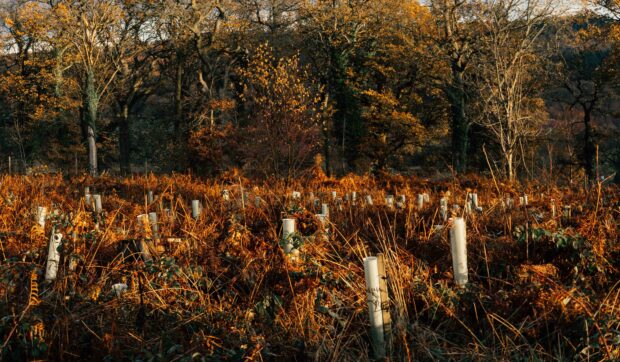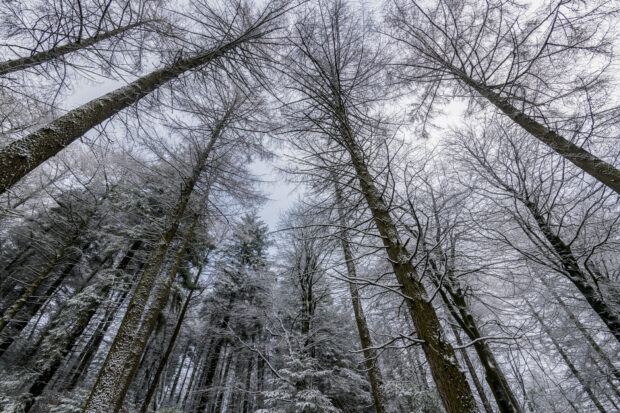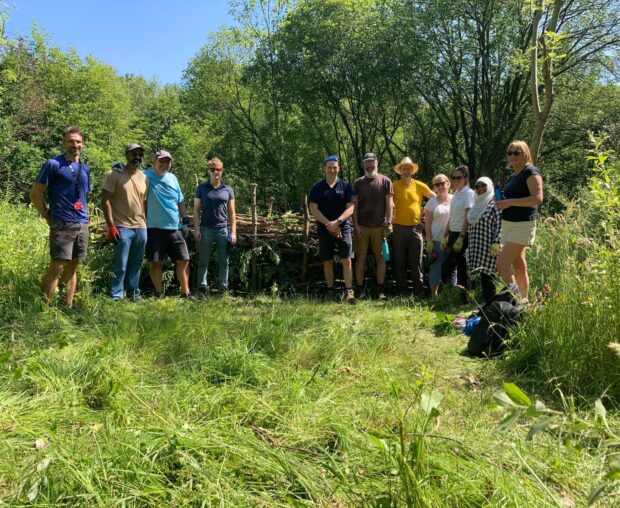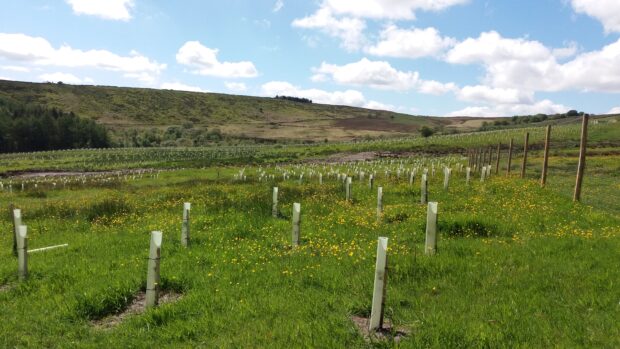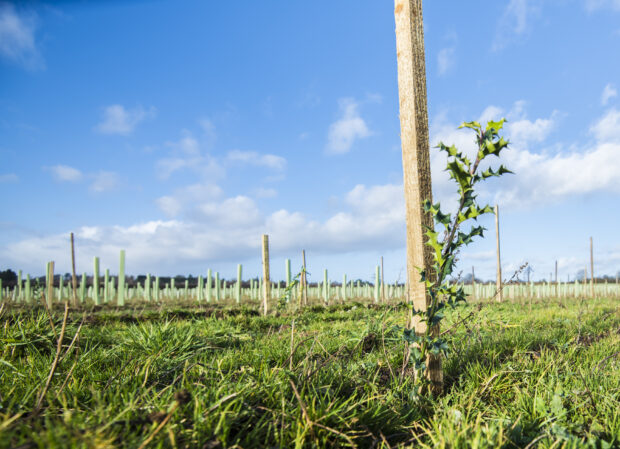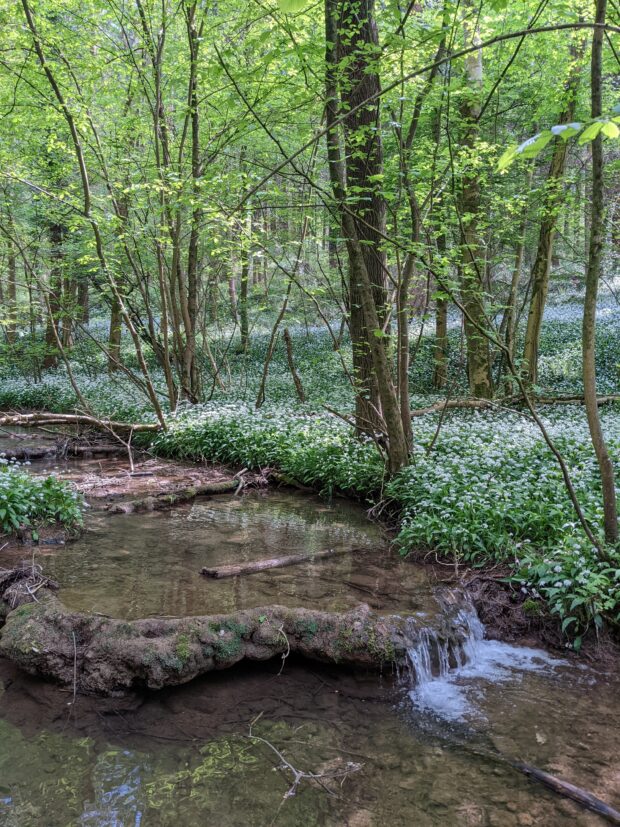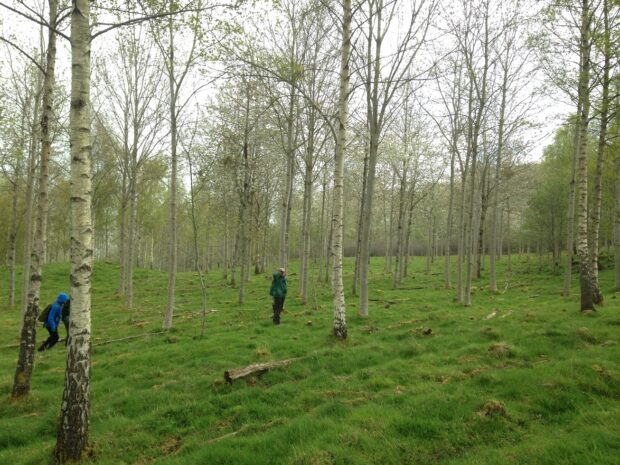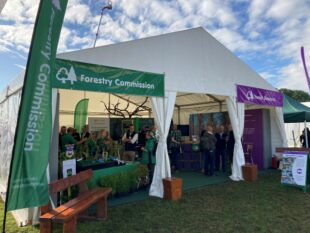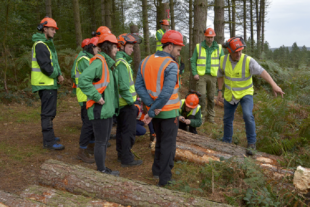Search results for VIPREG2024 1xbet promo code for free bet New Zealand
...cell grown trees, rather than bare rooted stock. Planting in autumn will allow trees to respond better to their new site conditions before the challenges of spring and hot weather....
...grow new roots sooner and are better able to survive spring droughts. Potted Douglas fir saplings at Maelor Forest Nurseries. 5. Look out for signs of tree disease With the...
...view of snow covered trees at Macclesfield Forest. 1. Check on areas of new planting If you have any areas of new planting, now is the time to ‘beat up’...
...scheme for great crested newts, has created valuable new habitat. Heavy machinery being used to clear a pond filled with scrub. Credit: Russell Critchley Support and training Beyond practical management...
...over 20 years. The figures show that over the past year, 5,765 hectares of new woodland were established in England. This means that woodland creation rates over the past year...
...(whips) are often the best choice for a new woodland. These young trees establish quickly and adapt to their new environment. A 40-60cm whip can often catch up with a...
...is worth persevering as there are so many surprising rewards if you adopt this approach. The Continuous Cover Forestry Group promotes silvicultural practice (the care and cultivation of woodlands to...
...I have lived in the Forest of Dean nearly all my life and have spent countless pleasurable hours walking its woodlands, I am still discovering new and interesting areas to...
...the tree’s life cycle: from establishment and protection through to pruning and harvesting. Each of these stages needs thoughtful consideration when designing a new agroforestry system. As with any good...
...event is completely free. Virtual show visitors will browse just as they would at the ARB Show; our exhibitors have filled the interactive showground map with a huge range virtual...

